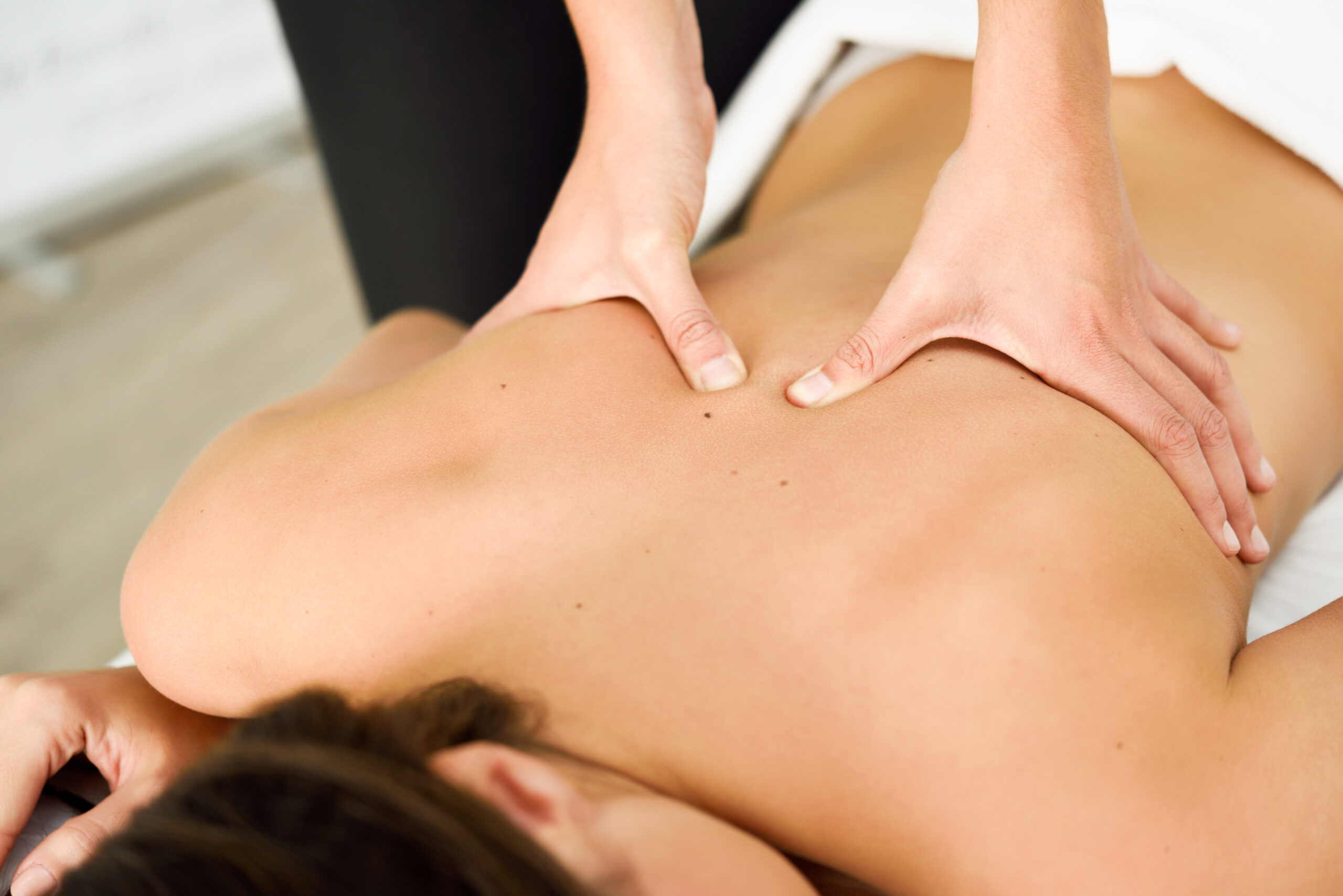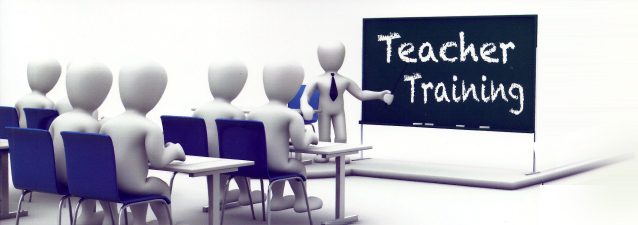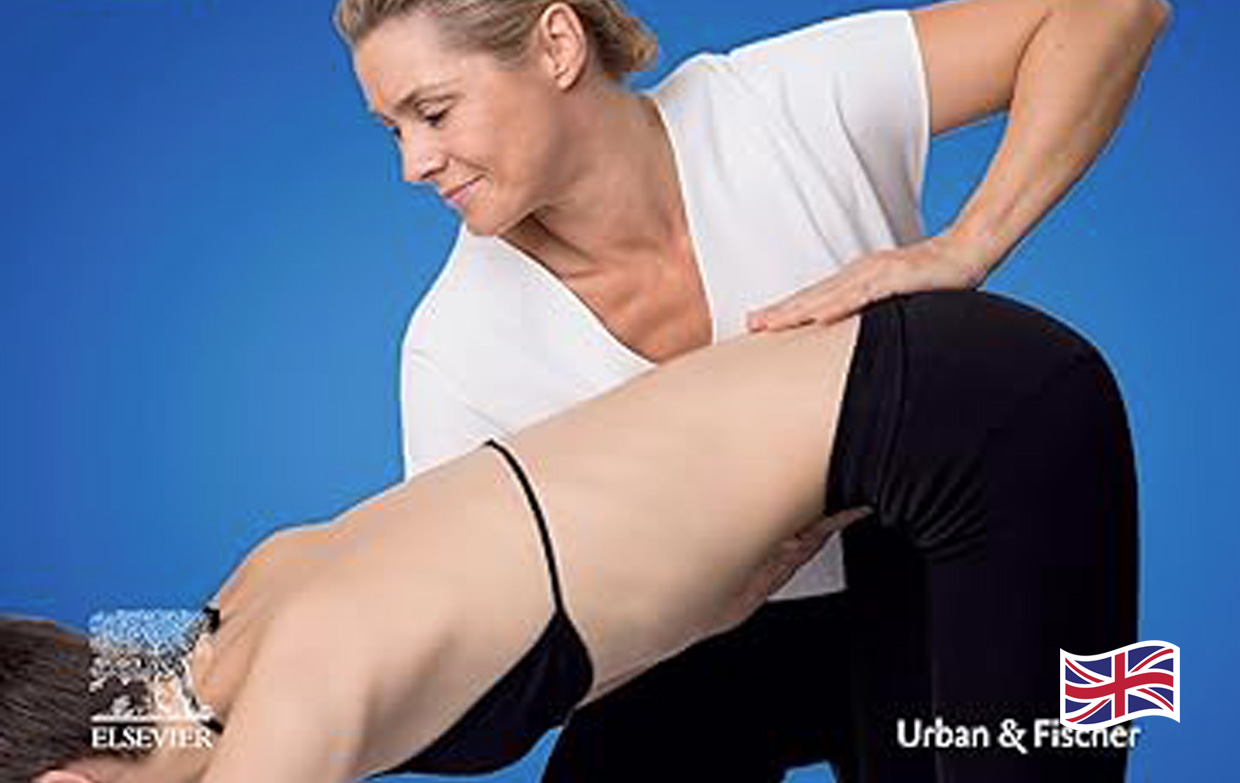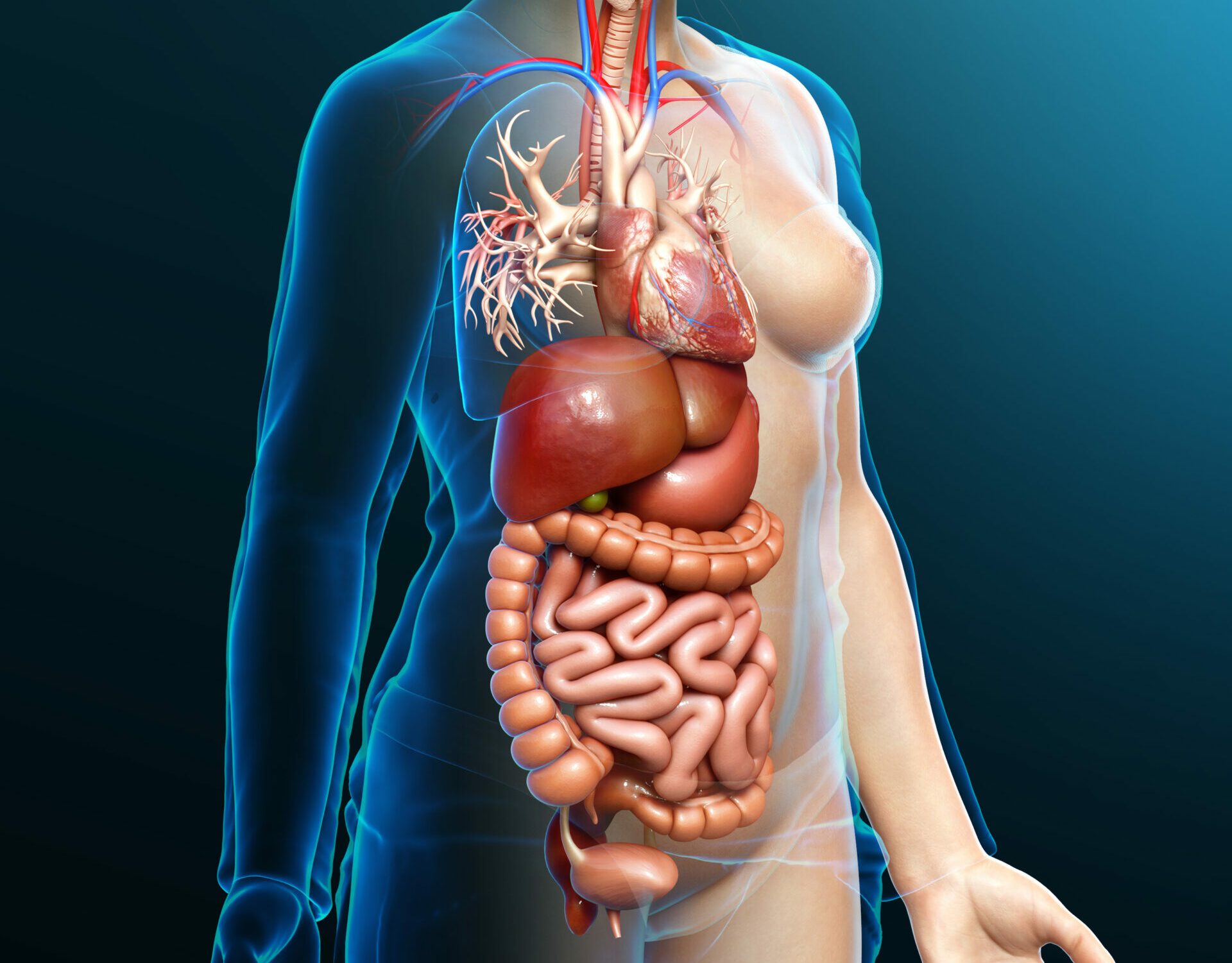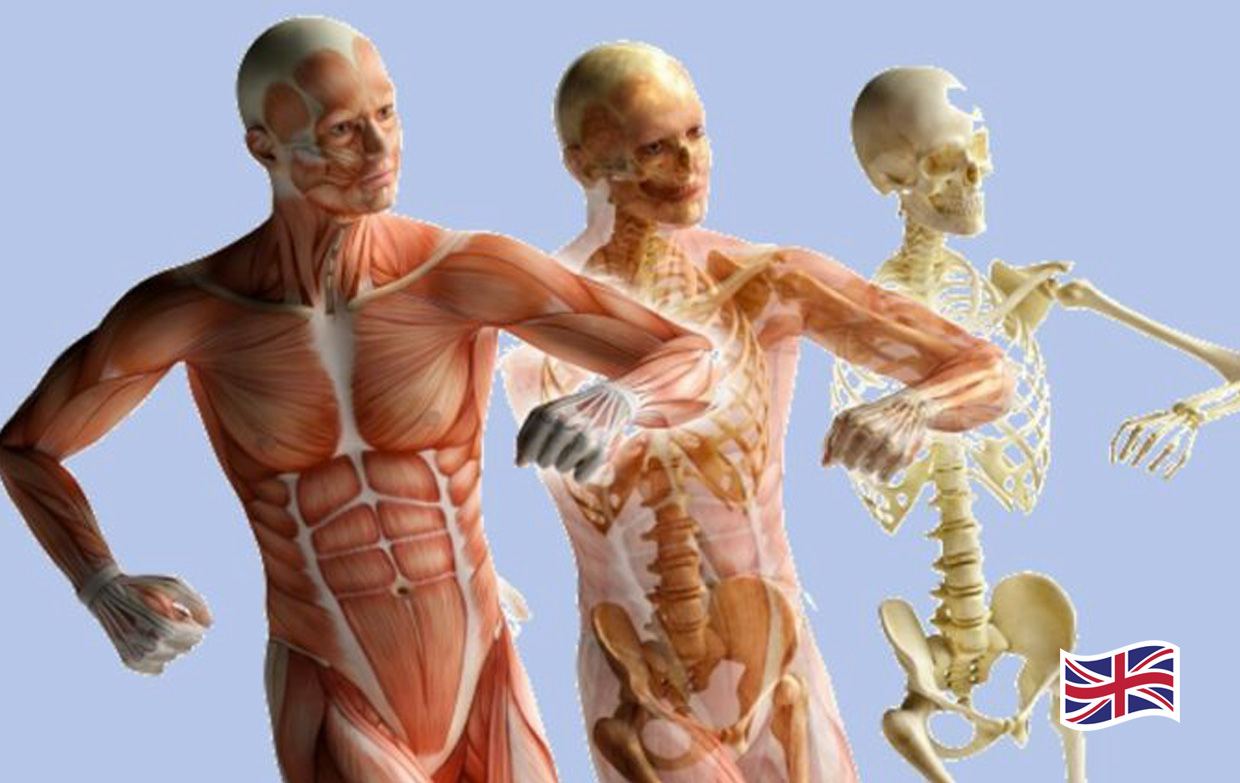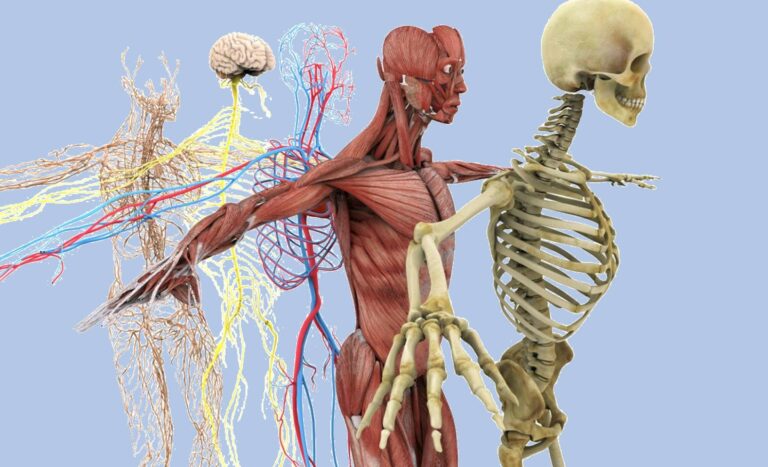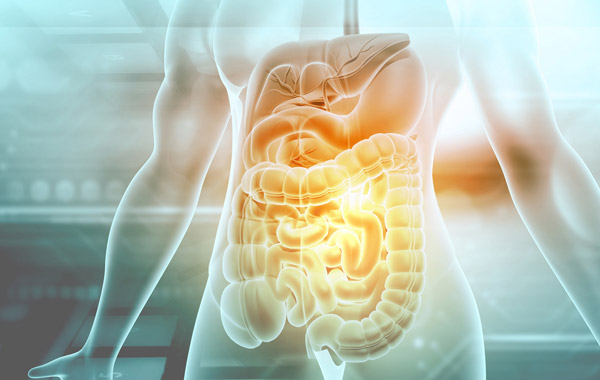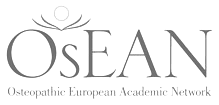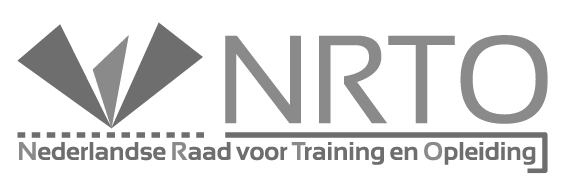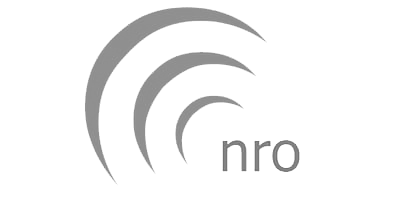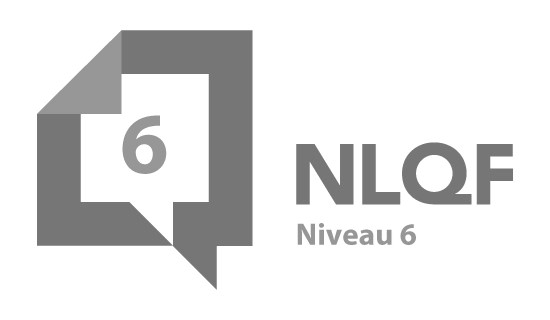Course description
Treating organs safe & effective
The seminar will face the new challenges in Visceral Osteopathy. Activity, not function, is at the heart of an osteopathic approach to organs. Organ physiology describes different tissues in states of activity; Osteopathy should be based in such a physiologic understanding.
We look at the character differences between hollow and vascular organs and establish a sound system of assessing the main mechanical expressions of organ activity: elasticity, volume, motion, form and position. A venous sponge like the liver will need a different approach than the mucosa-dominate small intestine. As well as the arterial sponge of the spleen will show important differences compared to the venous liver.
Following the logic offered by organ physiology, we develop an osteopathic equivalent of the three main stages of activity: rested activity, hyper- and hypo-activity. One of the challenges we are facing is the integration of the osteopathic system of function/dysfunction in the physiological system of states of organ activity. The seminar offers ways to treat the two main issues in organ activity: persistent hyperactivity and hypoactivity.
Objectives:
- Study the states of tissue activity.
- Explore the mechanical expression of tissue activity (= qualities): elasticity, volume, motion, form and position
- Understand the clinical importance of differences in organ character
- Treat a-physiological and patho-physiological states of organ activity
Course Dates
- 31 May – 02 June 2024
Costs of the Course
€750,- Seminar of 3 days.
Accreditatie NRO: 21 punten.
Accreditatie NOF: 22 punten.
Cursus overview

Course topics
Treating organs, safe & effective:
3 days
Dates: 31 May – -2 June 2024
Day 1
Morning
– Short history of organ treatment in Osteopathy
– Physiological states of tissue activity: rested, hyper, hypo, compensation, adaptation
– Palpation of mechanical expression of tissue activity: elasticity, volume and volumetric changes, dynamic changes of form and position.
– Review: Physiology and pathophysiology of the small intestine and stomach; persisting hyperactivity and hypoactivity.
Afternoon
– Mucosa and motility
– -States of activity in terms of stress physiology and immune response
– Diagnosis and Treatment of small intestine and stomach
– Red Flags and the role of the organ character in the treatment process
Day 2
Morning
– Blood organs: the venous and arterial sponges of the abdomen, liver and spleen.
– Review: Physiology and pathophysiology of the liver and spleen; persisting hyperactivity and hypoactivity.
– Palpating tissue activity in blood organs: elasticity, volume and volumetric changes
– Diagnosis and treatment of the liver
Afternoon
– Diagnosis and treatment of the spleen.
– The organ character in shaping the therapeutic relationship
– Treating a-physiological states of activity in the blood system: non-regulated hyper, hypo ( = exhaustion and instability.
– Intervision and therapeutic talk: How to talk with patients and among ourselves
Day 3
Morning
– Organs of uprightness and embeddedness: lungs and kidneys
– Review: Physiology and pathophysiology of the lungs and kidneys
– Palpating the activity of the lung tissue
– Exhaustion and instability of the kidneys
– Diagnosis and treatment of lung tissue and kidney instability
Afternoon
– Clinical issues: reversible or not? A-physiological or patho-physiological states
– Summary: Clinical significance of a holistic, tissue based approach in Osteopathy
Course lead

Peter Levin DO
• Studium der Soziologie und Religionswissenschaften in Berlin, Freiburg und London.
• Ausbildung zum Physiotherapeuten, Osteopathen und Heilpraktiker in Berlin und Hamburg.
• seit 1993 als Osteopath tätig. Privatpraxen für Osteopathie in Berlin, Providence/RI (USA) und seit 2007 in Hamburg.
• Dozent für Osteopathie in Europa und Nord-Amerika.
• Begründer der Levin Methode® der geweblichen Behandlung (mit Werner Strebel) und des Goja®-Konzepts der ganzheitlichen Kindertherapie (mit Valbona Ava Levin).
• Autor zahlreicher Lehrbücher und Artikel und des populären Sachbuches: Deine Organe, Dein Leben (Buch auf Amazon ansehen)
Osteopathische Therapie: stabiles Gewebe, dynamische Selbstregulation, leib-seelische Unterstützung
Alle Leiden und Freuden des Lebens drücken sich in unserem Gewebe aus, in den inneren Organen, dem Bewegungsapparat und in den Nerven. Bei der osteopathischen Behandlung in unserer Praxis dürfen Sie erwarten, dass wir aufmerksam die delikate Balance der Gewebe, ihrer Fähigkeit und Einschränkung beachten und behandeln.
Der gewebliche Ausdruck von Anstrengung und Krankheit ist der Bereich der Osteopathie. Die manuelle Behandlung erspürt den mechanischen Ausdruck der Gewebe und zielt darauf ihre Reaktionsfähigkeit zu verbessern. So werden wir im therapeutischen Prozess gemeinsam die Selbstregulation ihrer körperlichen und seelischen Kräfte anregen und Ihnen helfen den Umgang mit Anstrengung und Krankheit zu verbessern.
Course location
Signup for this course
Sign up for this course
Course-lead: Peter Levin DO
Location: IMC, Perpetuum, Contactweg 145-153, 1014 BJ Amsterdam
Costs: €750,- per Seminar of three days
Attention: With Signing up (aanmelden) you get a new page (Campus = ELO) you will have to select alumnus account, then you can choose your language.
